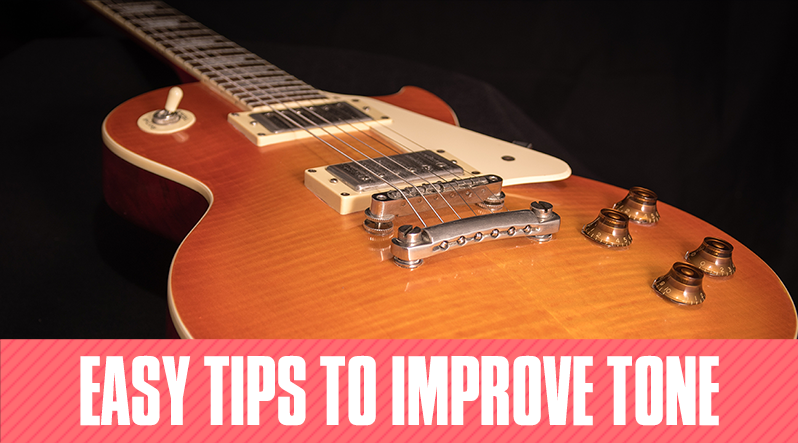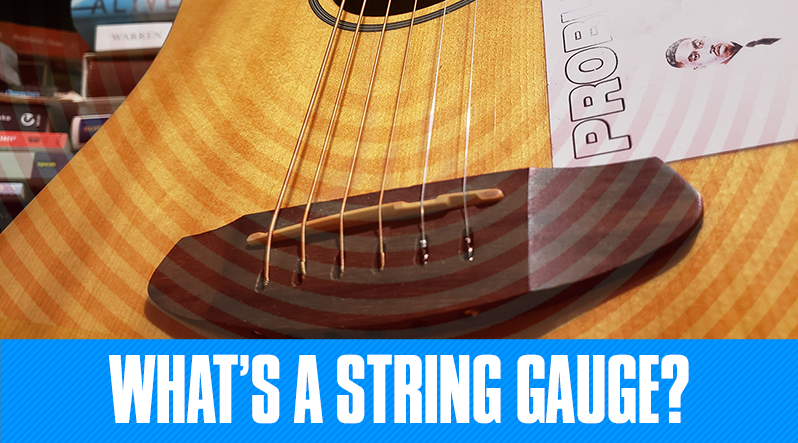
Strings are arguably the most important part of any guitar because without them, you wouldn't be able to play. There are a ton of strings out there, all with different types of sizes, or what guitarists call string gauge. In this blog post, you're going to get a quick overview of what string gauges are, how to use them and knowing when to change your strings.
What is string gauge?
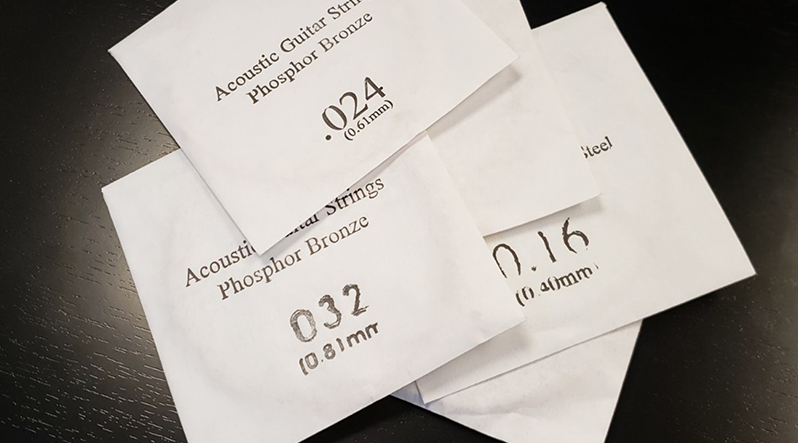
When talking about the gauge of a guitar string, this is generally the thickness of the string itself. For example, string gauges run from about .009 all the way up to .052 or bigger. The smaller the number, the smaller the gauge and the smaller string thickness, and vice versa.
Strings generally come in a set and are labeled with the gauges. For example, a set of light gauge strings will run from .010 through .046, while a set of heavy strings will run from .012 through .054. A lot of the time, string sets will be labeled with without the decimals, so a .010 through .046 is the same as 10-46.
And of course, there are lighter and even heavier string gauges than this as well! But for the purpose of this post, we’ll refer to the most popular string gauges.
Positives and Negatives of lighter strings
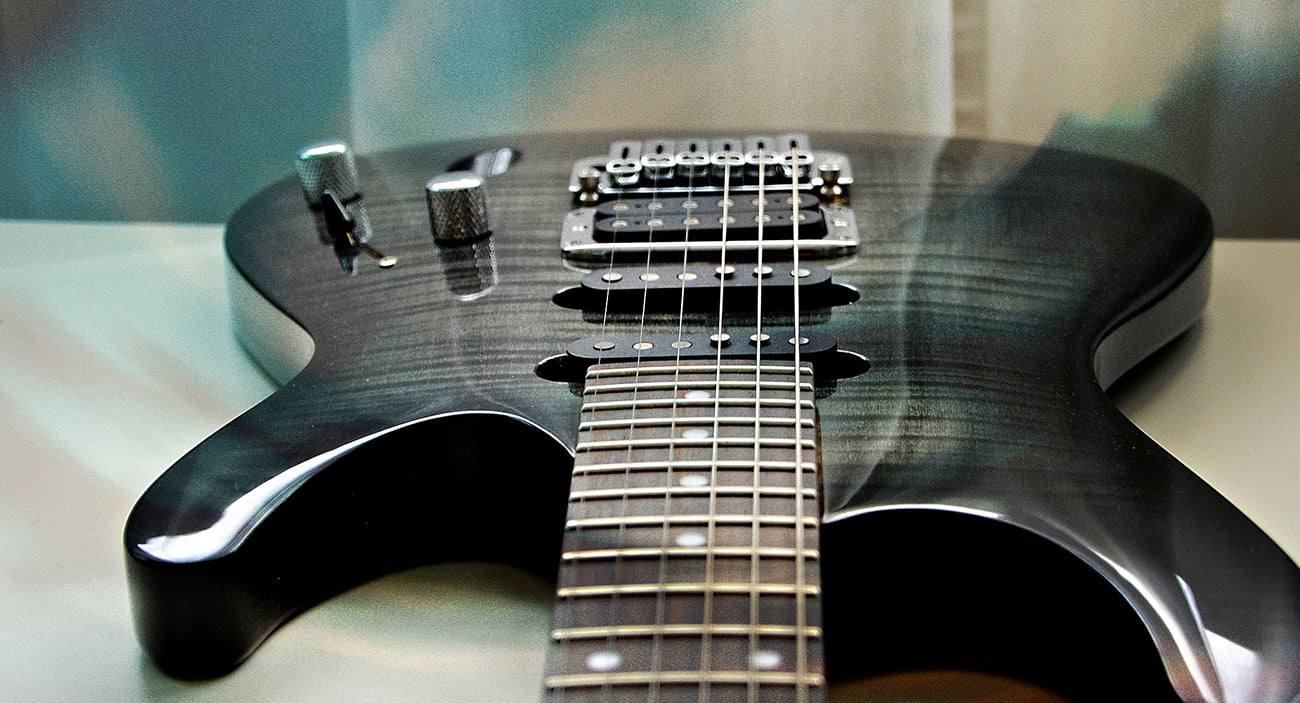
Using light strings will help with bending, and playability. String tension is also a bit lighter so they’re a bit easier to use, especially if you have an older instrument.
The most obvious downside to using a lighter set of strings is that since they’re thin, they may be more prone to breaking. Light strings will also give the guitar less volume and sustain since the string itself has less mass to vibrate.
Positives and Negatives of heavier strings
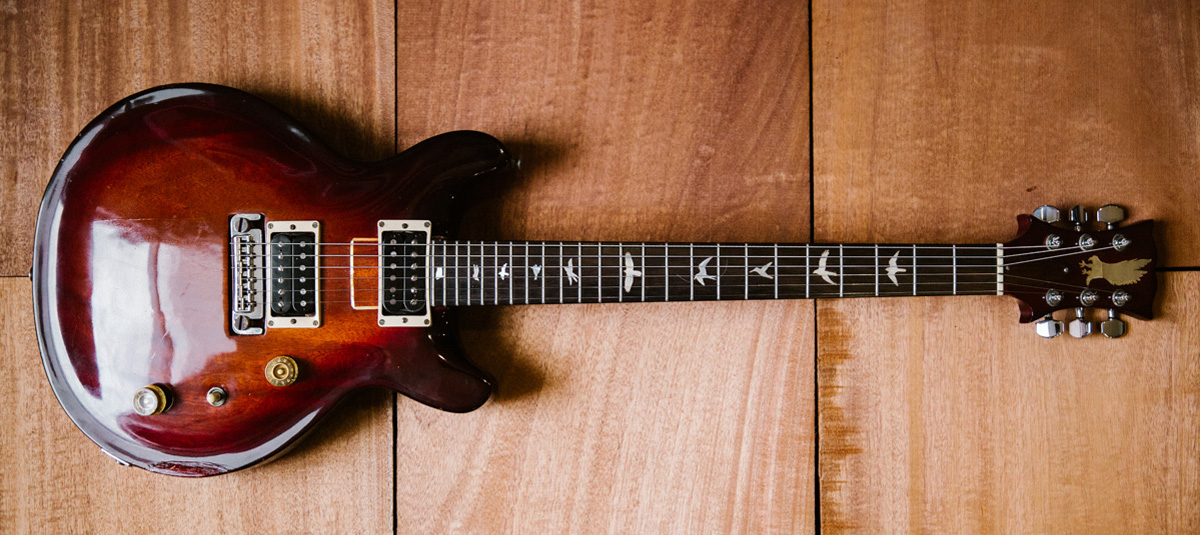
Heavier strings are the opposite of lighter strings, that is they provide a bit more volume and sustain. They’re also preferred by guitarists that play in drop tunings, or lower tunings in general.
Since heavier strings are thicker, this means they put a bit more tension on the neck, which could cause your guitar’s neck to wear faster overtime. Heavier strings also means they’re a bit more difficult to play and requires a bit more force to press down on them, making them generally more difficult to play.
String gauge and tuning
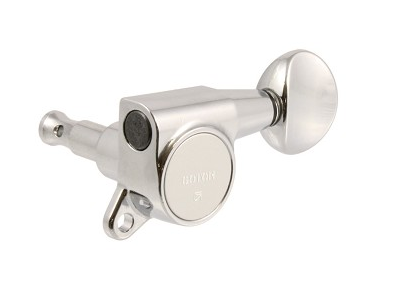 When playing in different tunings, it’s important to use the correct strings for the job. Good thing popular string manufacturer Ernie Ball has a page dedicated to answering these types of questions. Check that out right here.
When playing in different tunings, it’s important to use the correct strings for the job. Good thing popular string manufacturer Ernie Ball has a page dedicated to answering these types of questions. Check that out right here.
And for the sake of saving you some time, here are the string sets used for Standard tuning and Drop D tuning, two of the more popular tunings.
Standard E Tuning
Using a normal set of 10-46 should be just fine for most guitars when playing in the standard tuning.
Drop D
As we mentioned earlier, lower tunings like Drop D will work better with a set of heavier strings. It’s a good idea to use a 10-52 set in this tuning, which is often referred to as a “heavy bottom” set of strings because the string gauge is increased for the three lower strings.
When to change strings
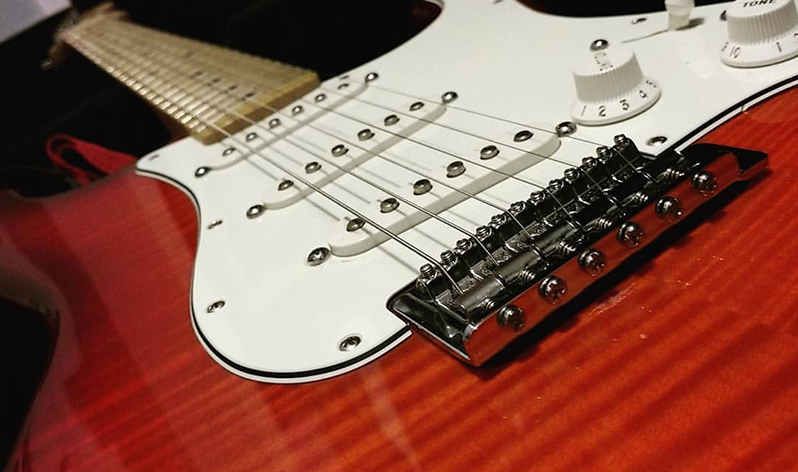
It’s important to change strings once every month at the least. Even if you don’t play very often, strings can degrade overtime just by being exposed to the elements in the air. It’s also really important to change strings because they’re responsible for so much of the guitar’s tone. It’s amazing just how good a guitar sounds with a fresh set of strings.
If you see a lot of gunk built-up on your strings, or if they’re not staying in tune, or maybe the instrument just sounds a little dead, that’s how you know it’s a good time to change your strings.
If you’ve never done it before, read about changing strings here. Or if you want, you can always watch a video on how to change guitar strings right here.

